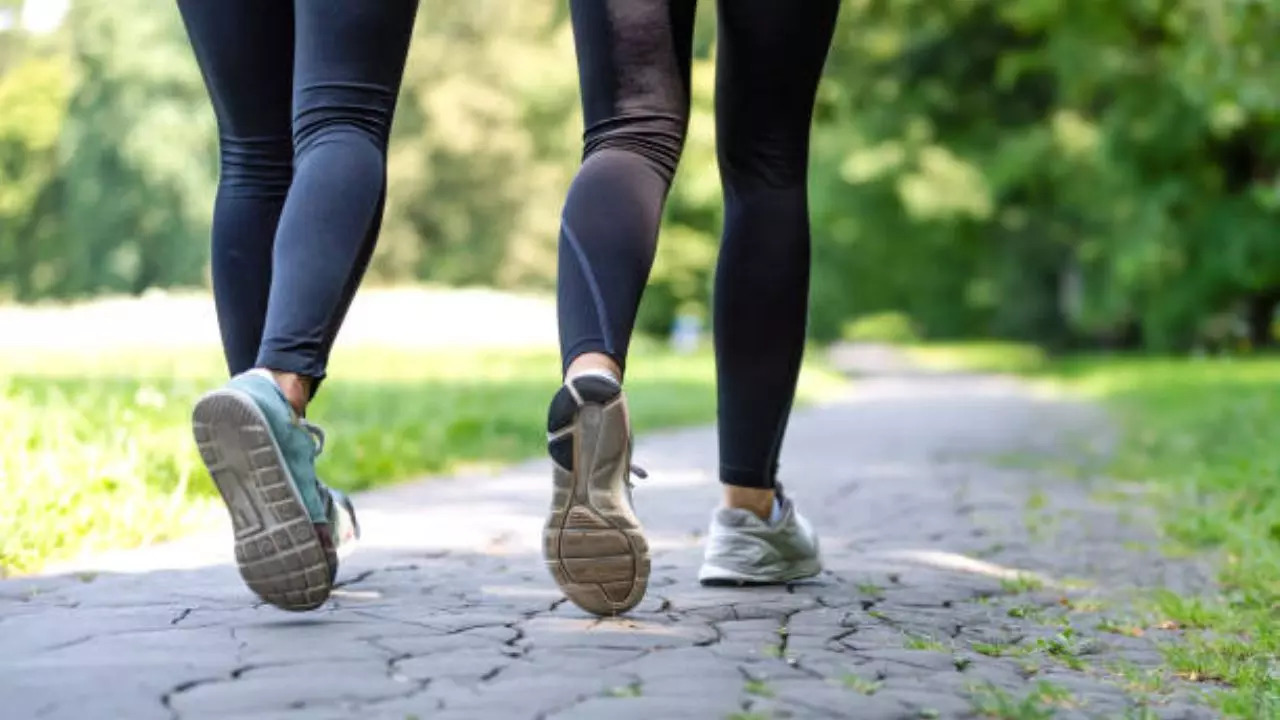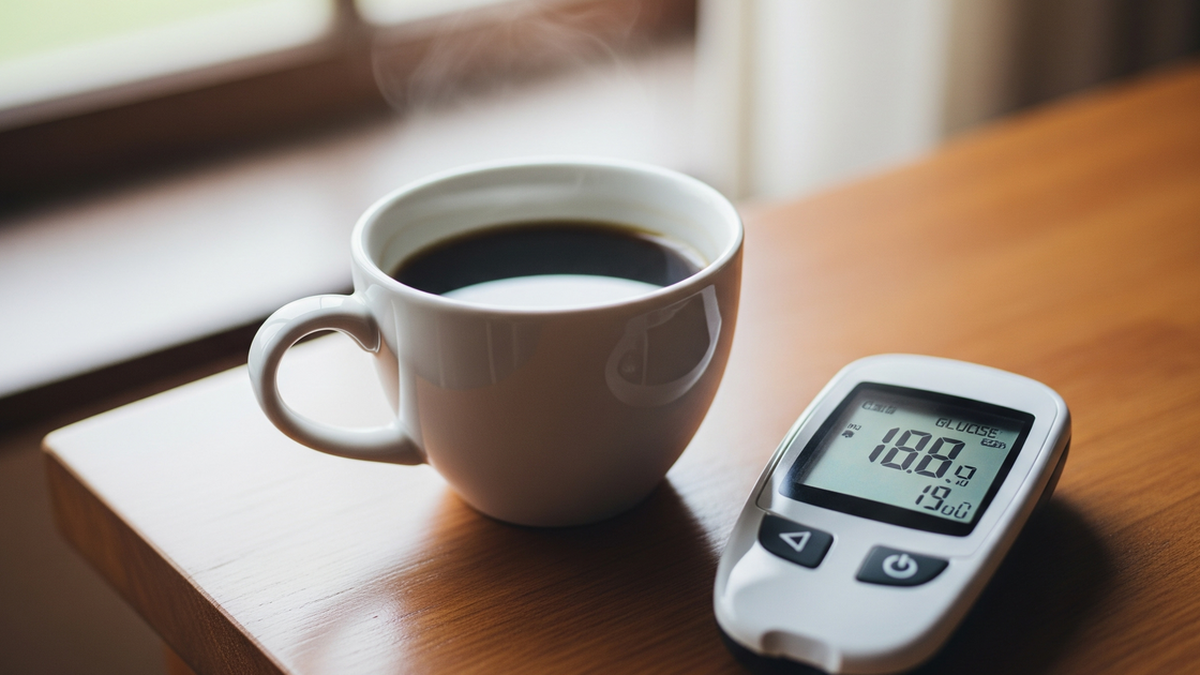Back pain is a common problem that affects people of all ages. According to the World Health Organization, about 60-70% of people in industrialized countries will experience back pain at some point in their lives.
Causes of back pain range from poor posture and a sedentary lifestyle to injuries and chronic conditions like arthritis. Often, people deal with this condition with medication, physical therapy, or even surgery. However, there is a simple, non-invasive way to relieve back pain: walking.

Walking can help relieve back pain.
1. Benefits of walking
Walking is a low-impact exercise for most people, regardless of fitness level; requires no special equipment, and is easy to add to a daily routine.
Walking has many health benefits, especially for people with back pain:
- Improves blood circulation: One of the main benefits of walking is improved blood circulation. Regular walking promotes blood flow to the spine, nourishes the spinal structures and promotes healing. Walking increases the flow of oxygen and nutrients to the spine, aids in repairing damaged tissues and reduces inflammation.
- Strengthens muscles: Walking affects many different muscle groups, especially those in the lower body. When these muscles are stronger, they will better support the spine, reduce the burden on the back and reduce pain.
2. What effect does walking have on back pain?
Regular walking has a number of different effects on back pain. Here are some notable effects:
- Pain relief and improved function: A study conducted by Harvard Medical School scientists demonstrated that walking strengthens the muscles that support the spine, helping to prevent and alleviate back pain.
Participants who walked just one hour per week had significantly less back pain than those who did not walk. The study highlighted that even minimal walking can lead to significant improvements in pain levels and overall back function.
- Better mental health: Chronic back pain often leads to stress and anxiety, which can worsen the pain. Walking has been shown to have positive effects on mental health, including reducing stress and improving mood.
A study in the American Journal of Preventive Medicine reported that walking just 30 minutes a day, 5 days a week significantly improved mental health and reduced symptoms of depression, which may indirectly contribute to back pain relief.
3. Solutions to add walking to your daily routine
Incorporating walking into your routine isn't difficult. Here are some tips to get you started:
- Start slowly and build up: If you're new to walking regularly, start with shorter durations, such as 10-15 minutes a day, and gradually increase your walking time to reach your goal of two hours a week. Consistency is key, so aim for a routine that fits your lifestyle.
- Use proper footwear: Wearing properly supportive shoes can prevent additional stress on your back and joints. Choose shoes that provide good arch support and cushioning to reduce this negative impact.
- Maintain good posture: While walking, control your posture such as standing up straight, keeping your shoulders back and engaging your core muscles… This posture helps distribute weight evenly and reduces stress on your back.
DS. Bach Thuy
Source: https://giadinh.suckhoedoisong.vn/di-bo-co-the-giup-giam-dau-lung-17224062712301632.htm





























![[Photo] National Assembly Chairman attends the seminar "Building and operating an international financial center and recommendations for Vietnam"](https://vphoto.vietnam.vn/thumb/1200x675/vietnam/resource/IMAGE/2025/7/28/76393436936e457db31ec84433289f72)







































































Comment (0)